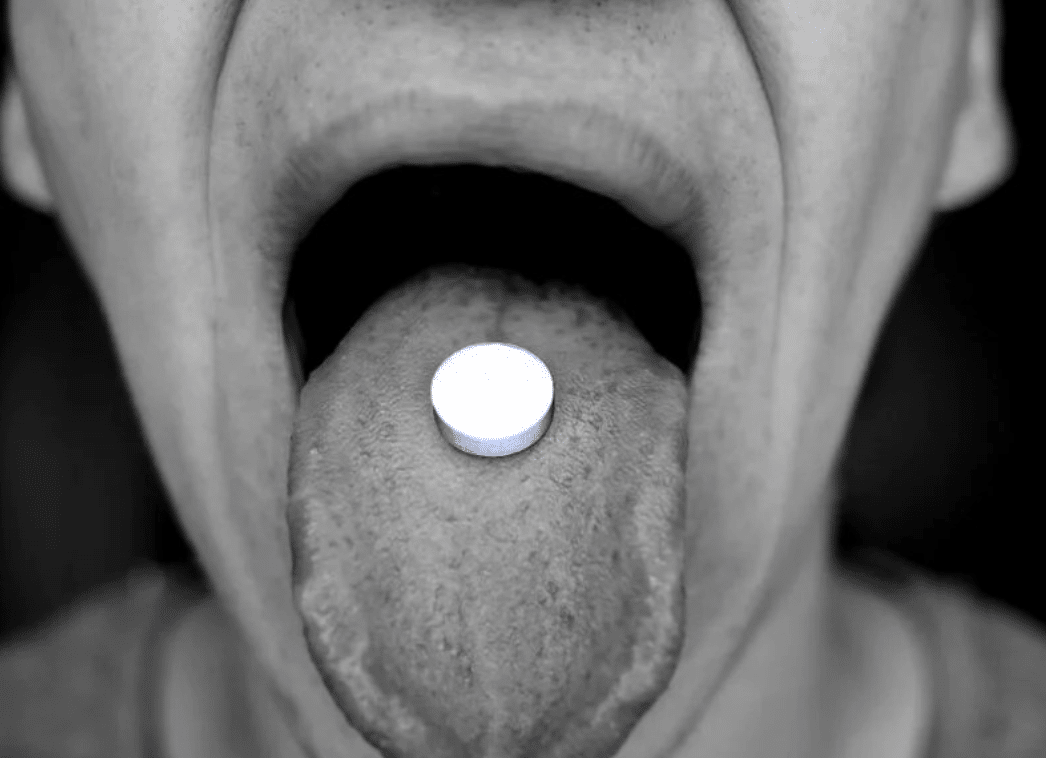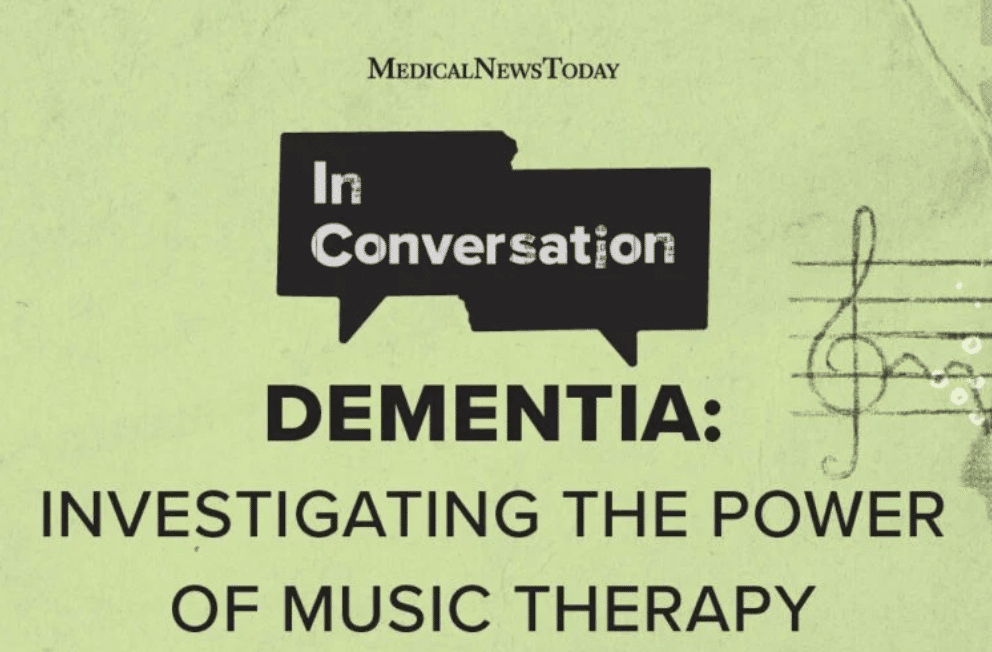Some of the common practices seen in modern medicine are not quite as effective as commonly believed, and oxygen therapy for heart attack patients could be one of them as newly presented research has shown that oxygen therapy does not improve the survival rate of patients who have heart attack symptoms.
The study’s lead author, cardiologist Dr. Robin Hofmann, said that the findings call into question the current routine practice of giving oxygen therapy to patients suspected of having a heart attack.
In the randomized trial, 6,229 patients with a suspected heart attack in 35 Swedish hospitals were studied. Half of them were given oxygen using an open face mask, while the other half were simply exposed to the air in the room without using a mask.
There was no statistically significant difference in the mortality rate of any cause after one year between the two groups, with the oxygen group noting a mortality rate of 5 percent and the air group 5.1 percent. In addition, the two groups did not exhibit any significant differences in terms of secondary endpoints, such as the risk of another heart attack or markers in the blood indicating heart muscle injury.
Patients who were considered to have a high risk, such as the elderly, smokers, and those with diabetes or a history of heart disease, showed similar mortality risks, indicating that the treatment may not be as effective as once believed for those in high-risk groups. The median duration of the oxygen therapy administered in the study was 11.6 hours.
This trial was the first of its kind of a scale big enough for the findings on morbidity to be considered meaningful. It enrolled six times the number of patients that were involved in all of the past randomized trials on this therapy combined, and it looked at a wider range of patients in order to boost the relevancy of its results.
According to guidelines issued by the European Society of Cardiology (ESC) for treating patients who have ST-segment elevation myocardial infarction, the current recommended treatment for patients with heart failure, hypoxia, or breathlessness is oxygen via a mask or nasal prongs.
Swedish cardiologist Professor Stefan James of Uppsala University said that the ESC’s guidelines have been shifting slowly in favor of restricting the use of oxygen, and this new data helps support that notion.
Not harmful, not helpful
He believes the results of this study will have a swift impact on future guidelines and clinical practices. While some experts had been concerned that oxygen therapy might even be harmful after a different trial revealed bigger infarctions in patients who received oxygen therapy, this study did not point to an indicated risk – it only showed that it may not be necessary or offer benefits. Therefore, Professor James points out there is no cause for concern.
Even though oxygen therapy might not be harmful, it does cost money and time, and the time normally used to administer it can now be used for something that might actually help the patients. Oxygen therapy is believed to cost around $100 per patient each day in the U.S., which adds up to significant costs when you consider the number of patients who go to hospitals with suspected heart attacks.
Discussing the results at a recent convention, Dr. David Newby of Scotland’s University of Edinburgh said that the trial yielded very useful answers to a serious question. “We need to do proper clinical implementation trials where, when we implement it to the patients that we see in the clinic, does it have the benefit that we have [in the trial]? And we’ve had a resounding no for oxygen therapy in normoxic patients.”
How many pounds have you lost this week? At Dieta Efectiva you can lose 10-12 lbs your first week and 2-5 lbs every week after. Visit us dietaefectiva.net to learn more about our program.
NN:DT







